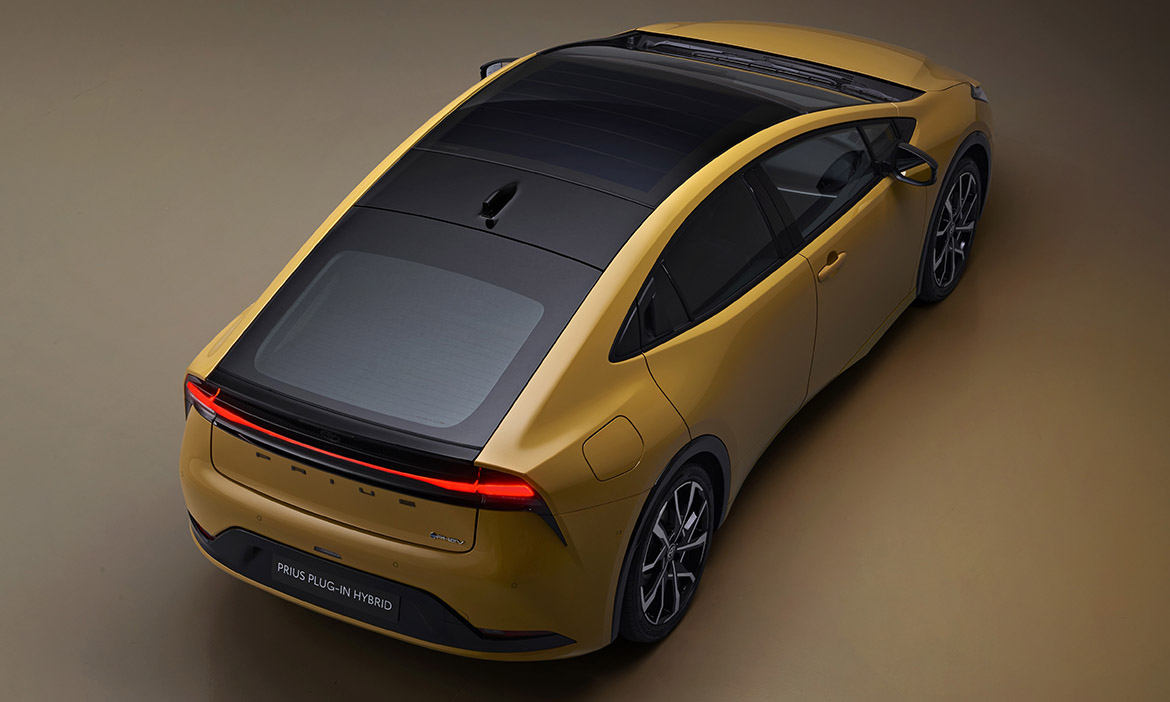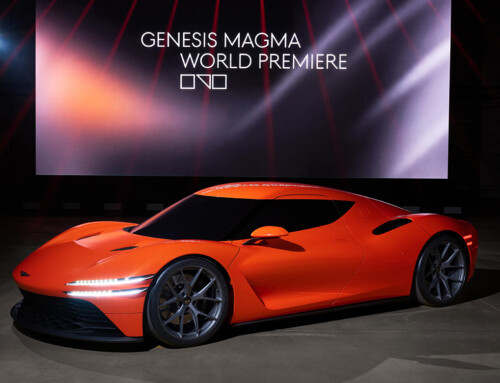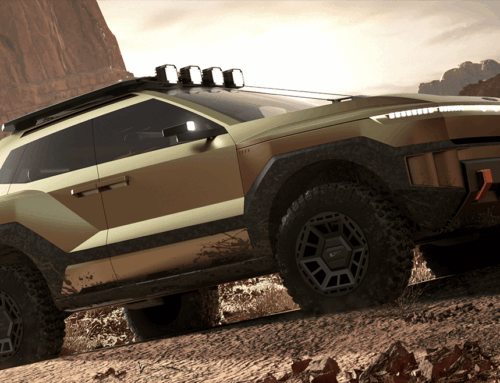Toyota presents a new chapter in the Prius story of engineering innovation and eye-catching design at the Los Angeles Auto Show with the world premiere of its fifth-generation model. The Prius has had a major impact on Toyota and the automotive world since its launch in 1997, establishing itself as a symbol of modernity and electrification and anticipating future trends in technology. The new generation, which in Europe will only be available as a plug-in hybrid, takes the next step in this journey.
The designers have retained its wedge shape, a trademark of the Prius since the second generation, but have evolved it towards more elegant and modern lines. The flowing silhouette was achieved by lowering the overall height by 50 millimetres, moving the apex of the roof backwards and adopting larger diameter tyres, up to 19 inches. Unnecessary shapes and lines have been avoided, leaving room for a simple, clean overall design inspired by the natural flow of air. The distinctive shape is enhanced by a wheelbase that is 50 millimetres longer than the previous generation. At the same time, the overall length has been reduced by 46 millimetres. Among the most distinctive elements is the ‘hammerhead’ front end that elegantly integrates lights that accentuate its sportiness. distinctive shape. The rear view is accentuated by a three-dimensional linear lighting element.
The black-themed interior is divided into three zones according to the new Prius ‘Island Architecture’: ‘surroundings’, ‘driver module’ and ‘floating instrument panel’. For the driver and passengers, the environment is spacious and built with elegant, high-quality materials, accentuated by harmonious details that emphasise dynamism and a sense of utility. The ‘driver module’ is based on the seven-inch TFT LCD screen that is directly in the driver’s field of vision, enhancing safety as the driver can keep his or her eyes on the road. The newly designed dashboard prioritises comfort in the cockpit, featuring a clean layout with minimal intrusion into the driver’s field of vision, favouring usability and visual impact. It combines a discreet, lower central screen and a compact dashboard for air conditioning controls, while the dashboard lighting is linked to Toyota Safety Sense notifications, which sends alerts through colour changes.












